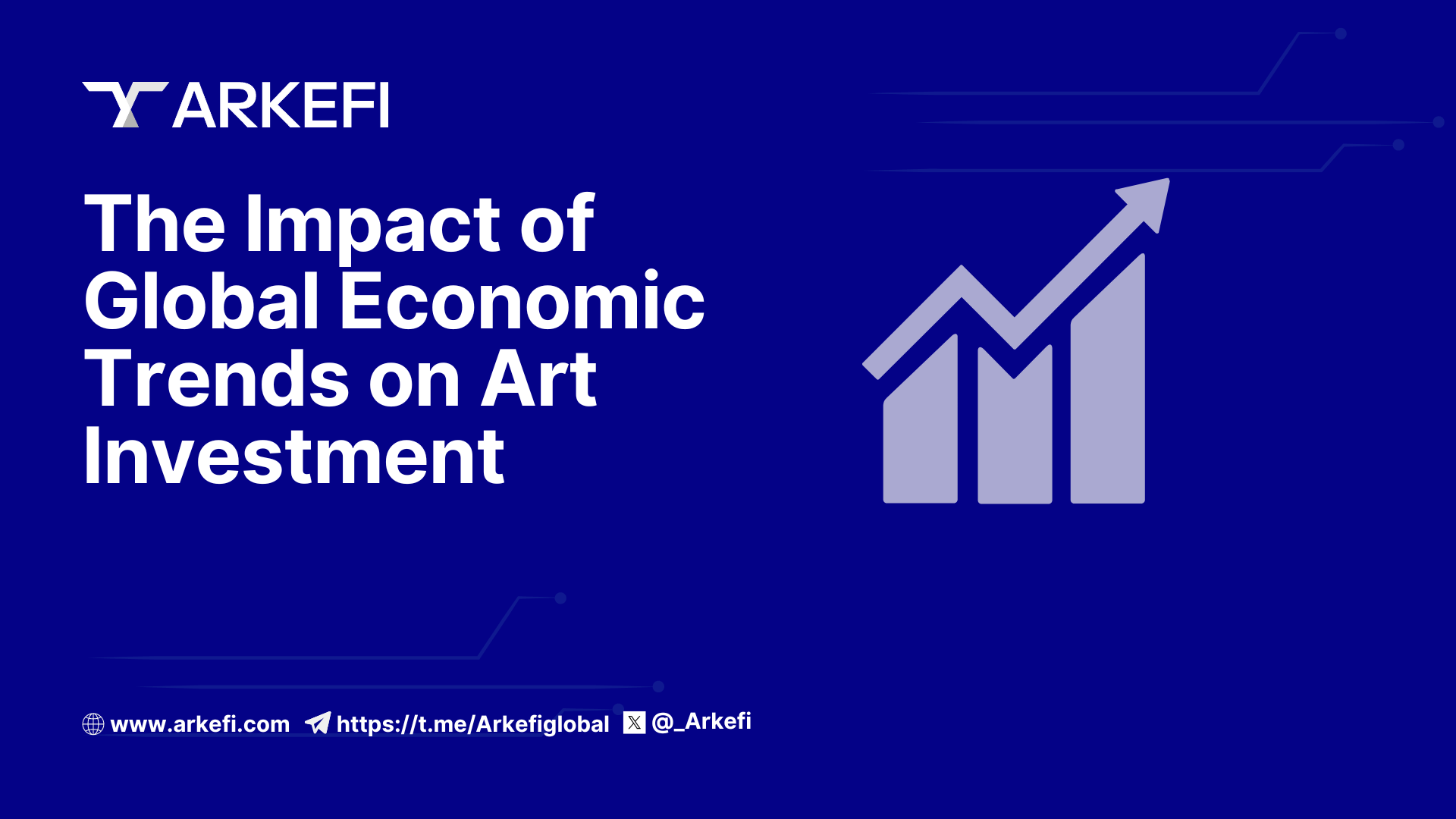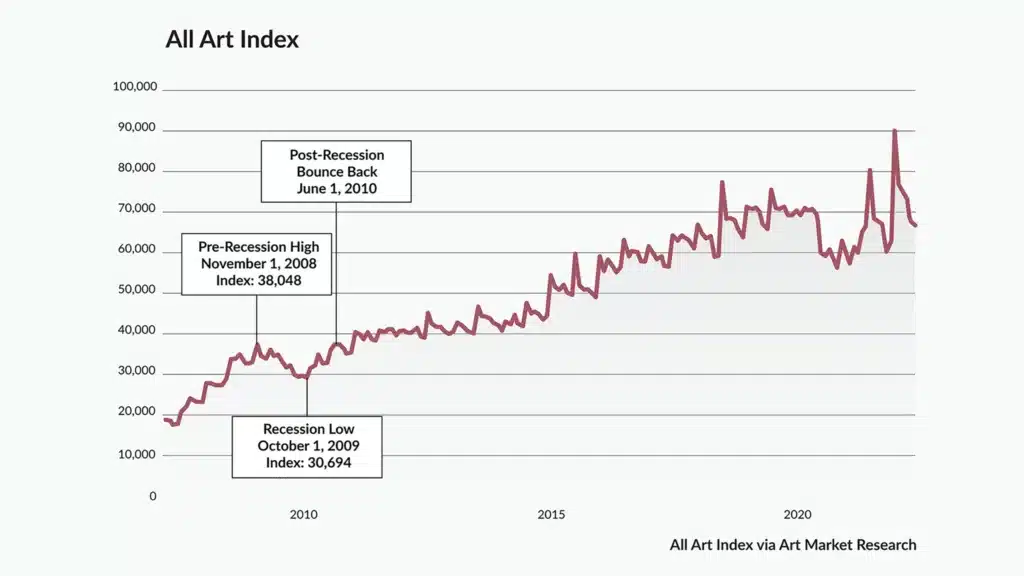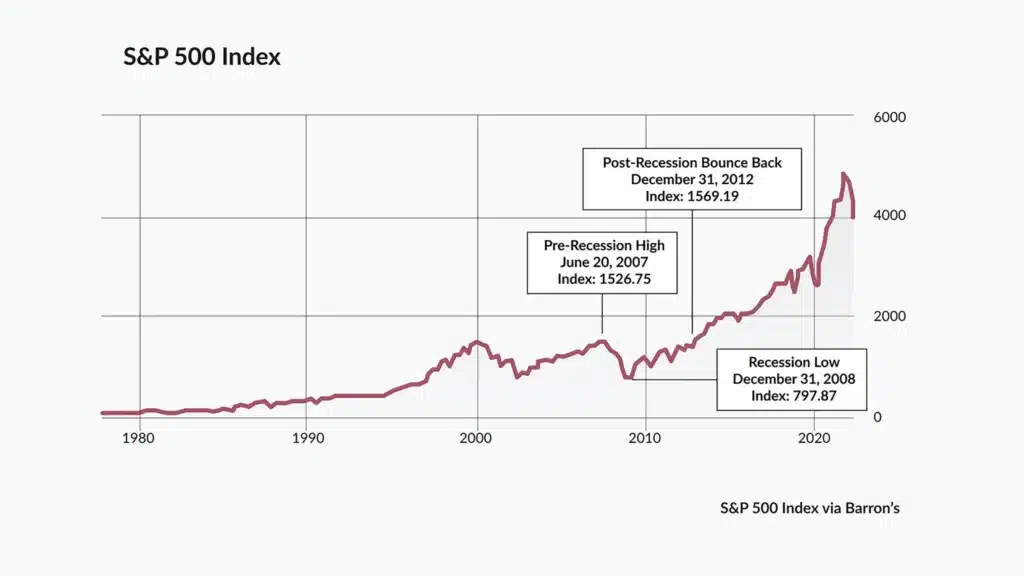
The Impact of Global Economic Trends on Art Investment
Introduction:
In recent years, the global economic landscape has experienced significant shifts, marked by challenges such as fluctuating stock markets, low interest rates, and periods of high inflation. These changes have prompted investors to reassess traditional investment strategies, seeking stability and diversification in an increasingly unpredictable financial world.
Amidst this economic turmoil, art investment has emerged as a compelling alternative. Historically viewed as a niche market, art is gaining recognition for its resilience and potential to offer both financial returns and personal enjoyment. As investors navigate the complexities of the modern economy, art’s appeal as a tangible, enduring asset grows.
This article explores how the shifting global economic trends are impacting art investment. From serving as a store of value to offering portfolio diversification and inflation protection, art is increasingly seen not just as a collector’s passion but as a strategic financial asset. We delve into the reasons behind this shift and its implications for both seasoned investors and newcomers to the art market.
Art as a Store of Value
Historically, art has been more than just a medium for creative expression; it has served as a reliable store of value. Throughout history, from Renaissance masterpieces to contemporary works, art has consistently maintained its worth, often appreciating over time. This enduring value is not just a reflection of the artistic merit but also a testament to art’s resilience as an asset class.
In the current economic climate, art’s role as a store of value becomes particularly significant. Traditional investments like stocks and bonds are susceptible to market fluctuations and economic downturns. In contrast, the value of art tends to remain stable or even appreciate during such times. Art’s low correlation with traditional financial markets means that its value does not decline in unison with stock market dips or economic recessions.
Furthermore, comparing art investment to traditional investments reveals its potential for long-term returns. While stocks and bonds offer liquidity and income through dividends and interest, art provides potential capital appreciation over time. Moreover, unlike traditional investments that can be impacted by short-term market trends and economic policies, art’s value is often driven by its historical significance, rarity, and the artist’s reputation, factors that are less influenced by the day-to-day movements in financial markets. This distinction makes art a unique addition to any investment portfolio, offering a hedge against market volatility and inflation.

Portfolio and Asset Diversification through Art
In an investment landscape dominated by stocks, bonds, and real estate, art offers a unique avenue for diversification. Unlike traditional financial assets, art often moves independently of stock markets and economic downturns. This characteristic makes it an invaluable tool for portfolio diversification, mitigating risk by not correlating directly with other investment classes.
Art’s stability as an investment can be seen in its performance during economic fluctuations. For instance, during the financial crisis of 2008, while the S&P 500 index suffered a significant decline, the art market showed remarkable resilience. Reports from Art Market Research indicate that some segments of the art market not only weathered the storm but continued to appreciate in value. This trend has been observed in other periods of economic uncertainty, highlighting art’s potential to serve as a stabilizing force in a diversified portfolio.
Moreover, case studies from auction houses like Sotheby’s and Christie’s reinforce this narrative. For example, in recent years, record-breaking sales of contemporary and post-war art have demonstrated strong investor confidence in the art market, even as other markets experienced volatility. These cases exemplify art’s role in portfolio diversification, offering investors a hedge against the unpredictability of traditional markets.
Art’s Role in Inflation Protection
Investing in art can be an effective strategy for protecting wealth against inflation. The intrinsic value of art, driven by factors such as rarity, historical significance, and artistic merit, often appreciates over time. This appreciation can offset the effects of inflation, where the purchasing power of currency decreases.
Historical data supports the notion of art as an inflation hedge. For instance, during periods of high inflation in the 1970s and early 1980s, the art market experienced significant growth. The Mei Moses Art Index, a tool that tracks art market returns, reported that art prices not only kept pace with inflation but, in many instances, exceeded it. This trend suggests that art can be a safer bet during times of economic uncertainty and rising prices.
Expert opinions also reinforce art’s role in inflation protection. Economists and financial advisors often point to the tangible nature of art as an asset, which, unlike stocks or bonds, does not depend on a company’s performance or interest rates. According to Dr. Clare McAndrew, a cultural economist and founder of Art Economics, art can act as a “real” asset, similar to gold or real estate, offering a store of value that is less prone to depreciation in real terms. This characteristic makes it an attractive option for investors looking to diversify their portfolios with assets that have a track record of weathering inflationary pressures.

The Economic Situation Driving New Investment Opportunities
The current economic landscape, characterized by low interest rates and stock market volatility, is nudging investors towards alternative investments like art. In an environment where traditional investment vehicles offer diminished returns, art emerges as an attractive option. Its historical resilience to economic downturns and potential for high returns make it a compelling choice for diversifying investment portfolios. For instance, in the face of low yields from bonds and the unpredictable nature of stock markets, art provides an avenue for capital preservation and appreciation.
In recent years, and particularly in 2023, the art investment sector has witnessed substantial growth. This surge can be attributed to the increasing recognition of art as a viable investment class. Art fairs, online platforms, and auction houses are reporting higher sales volumes, and there’s a growing interest from a broader range of investors, including millennials. The art market’s adaptability, demonstrated through online sales and digital platforms, has made it more accessible, further fueling its growth in a challenging economic climate.
The Future of Art Investment
Looking ahead, the future of art investment seems poised for continued growth and evolution. Based on current economic patterns, we can anticipate a sustained interest in art as a vital part of diversified investment portfolios. This trend is likely to be fueled by the ongoing digital transformation in the art market, including the rise of online sales platforms and the increasing use of blockchain technology for provenance and authenticity. Additionally, the growing emphasis on socially responsible and sustainable investing may lead to a higher valuation of art that reflects cultural significance and societal values.
The long-term benefits of including art in investment strategies are manifold. Art not only offers the potential for capital appreciation but also enhances the aesthetic and cultural value of an investment portfolio. It provides a tangible connection to history and creativity, which can be a source of personal satisfaction beyond mere financial returns. As global economic trends continue to influence the art market, savvy investors who understand and leverage these dynamics can reap significant rewards.
Conclusion
This article has explored the multifaceted relationship between global economic trends and art investment. From serving as a reliable store of value and offering portfolio diversification to providing inflation protection and emerging as a sought-after asset in wealth management, art has proven its worth as a robust investment option. The current economic climate, marked by volatility and uncertainty, has only underscored the significance of art in a well-rounded investment strategy. As we look to the future, the art market’s resilience and adaptability suggest that it will continue to be an attractive and rewarding field for investors. Understanding the impact of these global economic trends on art investment is crucial for anyone looking to diversify and enrich their investment portfolio.
Contact Information: info@arkefi.com
About Arkefi: Arkefi is a pioneering platform that introduces a novel approach to financing art, cars, and collectibles through on-chain options, making high-value, non-bankable assets accessible and affordable for a broader audience. With its commitment to revolutionizing Real World Assets, Arkefi utilizes blockchain technology and expert tokenization to fractionalize these assets, allowing individuals to invest in them at a fraction of their conventional market value.
For more information on our asset valuation services or to explore investment opportunities, contact us at info@arkefi.com. Join us at Arkefi, where art meets investment potential.


